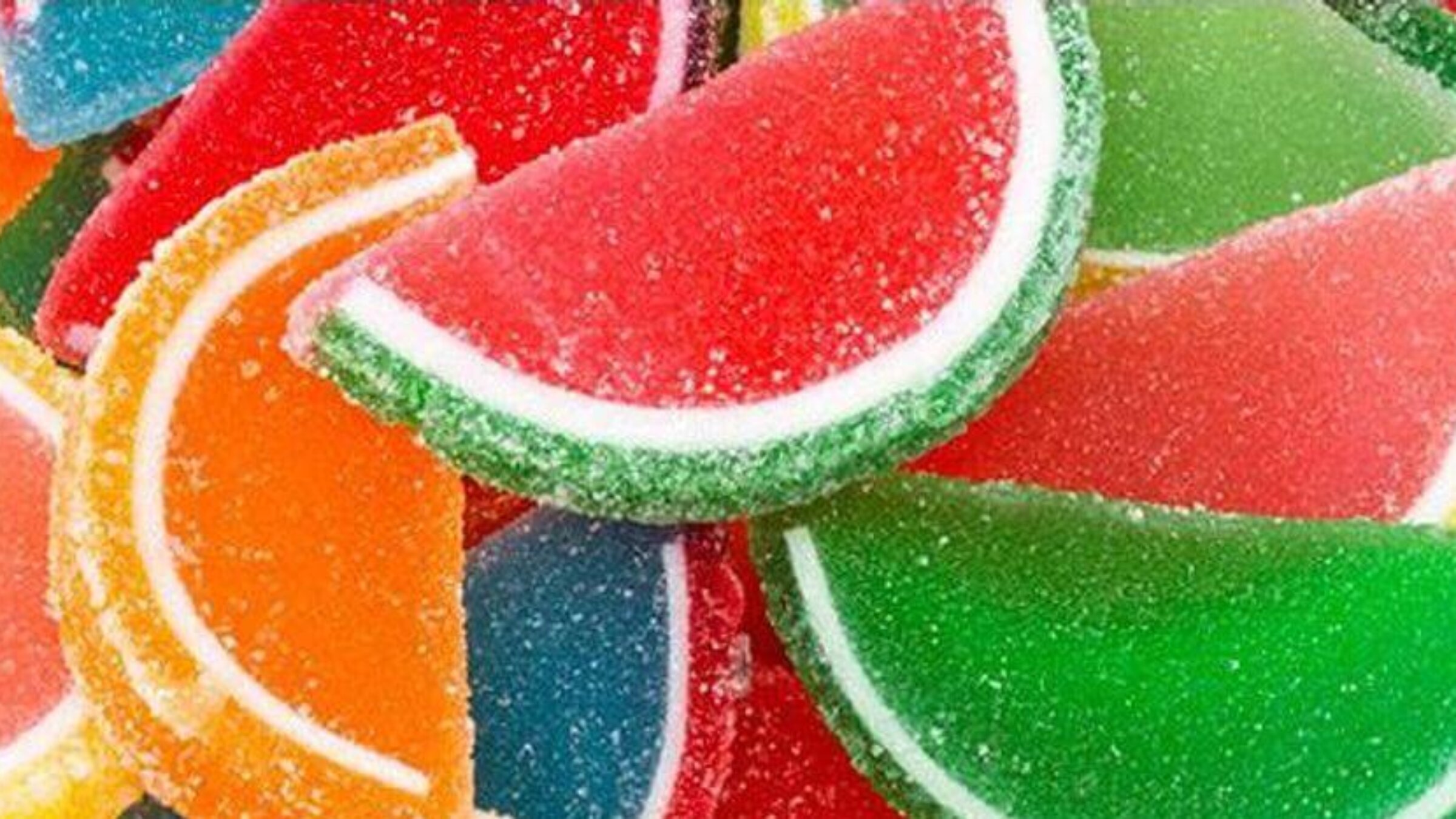(Jewish Group) The secret Jewish history of those kosher fruit-jelly slices
 Editor’s note: The original version of this story was published on May 5, 2016.
Editor’s note: The original version of this story was published on May 5, 2016.
As I gazed at the Passover aisle in the supermarket, a scene from Apollo 13 flashed before my eyes. Tom Hanks and his crew are stranded above the moon with a rapidly depleting supply of oxygen and no possibility of resupply or rescue. If the astronauts are going to fix their ship, they will have to use equipment already onboard. Down below, NASA’s engineers are scrambling to help them do just that. With replicas of the shuttle’s random spare parts strewn across a table, a ground engineer explains the mission to his colleagues in serious tones:
“OK, people, listen up. The people upstairs handed us this one and we’ve gotta come through. We gotta find a way to make this [he holds up a square peg ] fit into the hole for this [he holds up a round hole] using nothing but that” — [pointing to the detritus on the table.] Beneath him the music swells perilously.
This is, roughly, the dilemma of Passover for industrial food manufacturers. For one week every year, the food scientists at kosher food plants must recreate standard American packaged foods, like cereal and cake mix, using a less-than-ideal bricolage of ingredients that has survived the Passover blacklist.
The result is a mixed bag. But whereas most of the Passover aisle is a mediocre Brigadoon, appearing for only a fortnight each year before being shuttled into clearance bins, studded within the aisle are a few industrial products of genuine quality. These are the Passover candies: the bars of dark chocolate, the tins of almond kisses, the macaroons, the peppermint patties.
more...
I
love those things!
